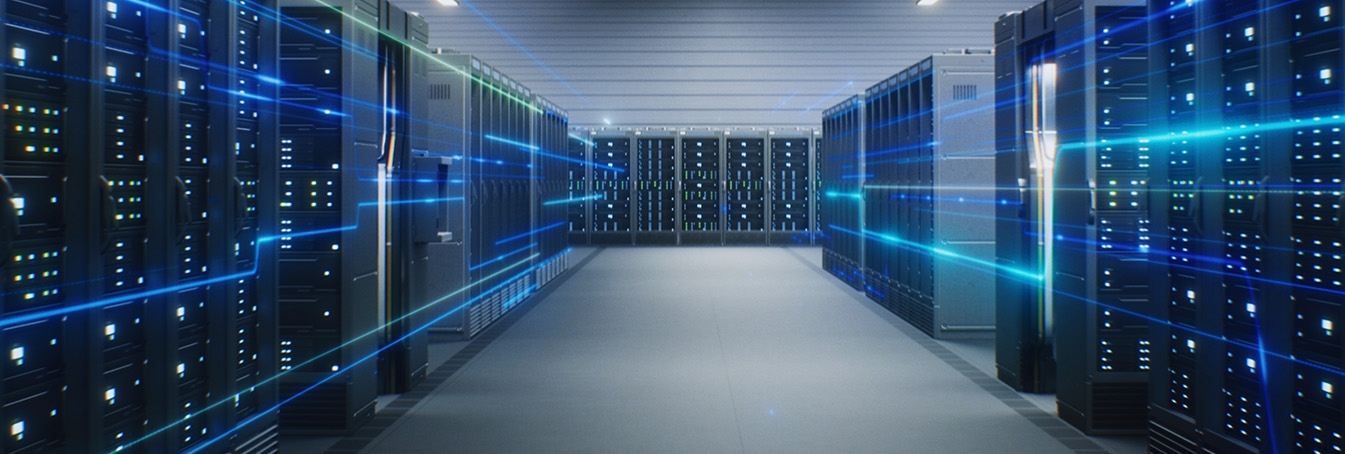Mainframes Bring AI to the Data
When the general public hears“mainframe,” they may picture a massive machine from the early days of computing, a relic of a bygone era. However, we know that perception is flawed. The mainframe isn’t a museum piece; it’s the foundational engine of modern digital infrastructure, running quietly behind the scenes in the global economy.
These systems process the majority of the world’s high-value commercial and financial transactions, powering banking, insurance, government systems, and airlines. For more than 60 years, they’ve delivered unmatched reliability, security, and transactional throughput.
So what happens when this ultra-reliable workhorse receives a cutting-edge AI upgrade? You get one of the most advanced AI platforms on the planet.
Below are four ways the mainframe is helping shape the future of artificial intelligence.
Takeaway 1: The “Legacy” System Is Now a State-of-the-Art AI Platform
Let’s challenge the legacy label. After decades of innovation, the mainframe is one of the most powerful AI-ready platforms available today. A major reason for this transformation is the IBM Telum processor, featuring an on-chip AI accelerator that brings AI inference directly into the core engine of the system.
With this hardware breakthrough, the IBM z17 becomes the first mainframe purpose-built for AI workloads, capable of running inference on live transactions at incredible scale. Benchmarks show it can process up to 450 billion inference operations per day with latency as low as 1 millisecond.
This change is not incremental; it redefines the mainframe’s role. Instead of functioning solely as a system of record, it becomes a real-time intelligence platform capable of enriching every transaction with AI insights—without impacting performance.
Takeaway 2: The Smartest AI Strategy Is to Stop Moving Your Data
Most AI solutions rely on moving data to separate analytic platforms or clouds. That approach is slow, expensive, and risky. Data movement increases latency, complicates compliance, and creates new attack surfaces.
Mainframes offer a radically simpler strategy: bring AI to the data, not the other way around.
AI on IBM Z—especially on z17—enables real-time machine learning directly on transactional data. This approach eliminates the risk and cost of copying data and delivers several critical advantages:
- Speed: Real-time analysis supports instant fraud detection and threat response.
- Security: Sensitive data remains protected inside the mainframe’s secure environment.
- Compliance: Keeping data in one place simplifies privacy and regulatory requirements.
For industries like banking and insurance, this isn’t just an IT improvement—it’s a strategic evolution in risk management, enabling point-of-transaction AI decisioning instead of after-the-fact analysis.
Takeaway 3: The Mainframe “Black Box” Is Finally Opening Up
In modern hybrid environments, a mobile banking transaction might flow through cloud services, distributed applications, and a mainframe backend. Historically, the mainframe operated in a silo, making it hard to diagnose issues that spanned multiple platforms. This created the long-standing culture of “Mean Time to Innocence,” where teams rushed to prove the problem wasn’t theirs.
That era is ending.
The mainframe is now adopting OpenTelemetry, the open observability standard that unifies metrics, logs, and traces across the enterprise. This means mainframe operational data can be integrated with cloud and distributed system telemetry for the first time.
For businesses, this delivers a single-pane-of-glass view of the entire application stack, from mobile app to mainframe transaction. The result is faster diagnosis, fewer silos, and collaborative problem-solving across all teams.
Takeaway 4: Your Next Mainframe Expert Might Be an AI Assistant
The mainframe faces a serious skills gap: nearly half of experienced professionals are retiring, while the majority of new hires lack mainframe experience. Expertise is getting harder to find.
But AI is nearly ubiquitous.
Generative AI assistants and intelligent agents are now automating tasks and accelerating learning. As noted in IBM’s Redbooks guidance on AIOps:
“By applying AI and ML to mainframe operations, organizations can reduce inefficiencies (muda) and reduce overload (muri).”
For example, a junior operator encountering a performance issue can simply ask a natural-language interface: “What’s the difference between MVS Busy and LPAR Busy?”
With Retrieval-Augmented Generation (RAG), the assistant pulls accurate answers from trusted, internal documentation.
This democratizes expertise, accelerates problem resolution, and helps the next generation of operators succeed faster.
The Cloud Gets Hype, but the Mainframe Gets AI Done
The mainframe is undergoing one of the most significant transformations in its history. It is evolving from a dependable but siloed system, into a real-time, AI-driven intelligence hub.
By combining AI processing at the source, open observability standards, and generative AI assistance, the platform is proving itself not as a relic, but as a strategic asset for organizations demanding resilience, performance, and real-time insights.
As enterprises seek to extract more intelligence from their most critical data,the mainframe’s unique blend of resilience and AI-powered innovation are keys to a more secure and efficient future.









0 Comments